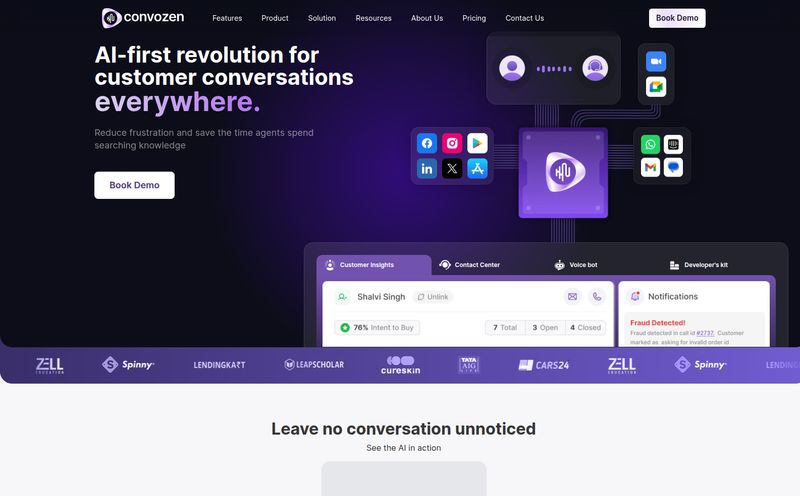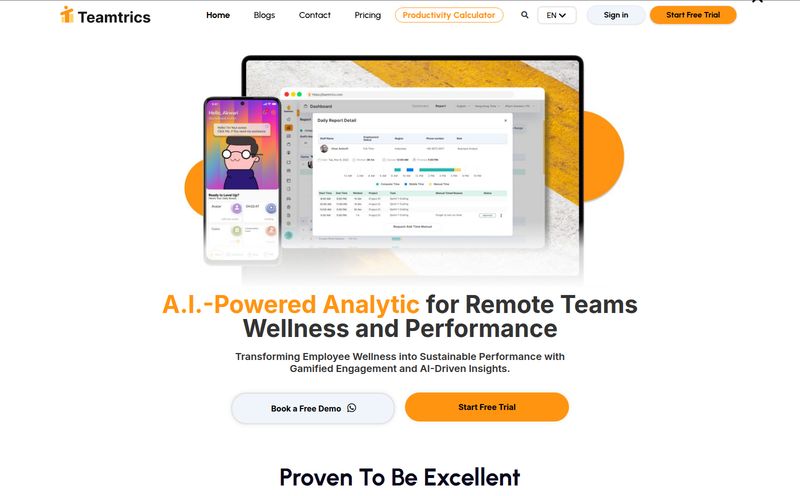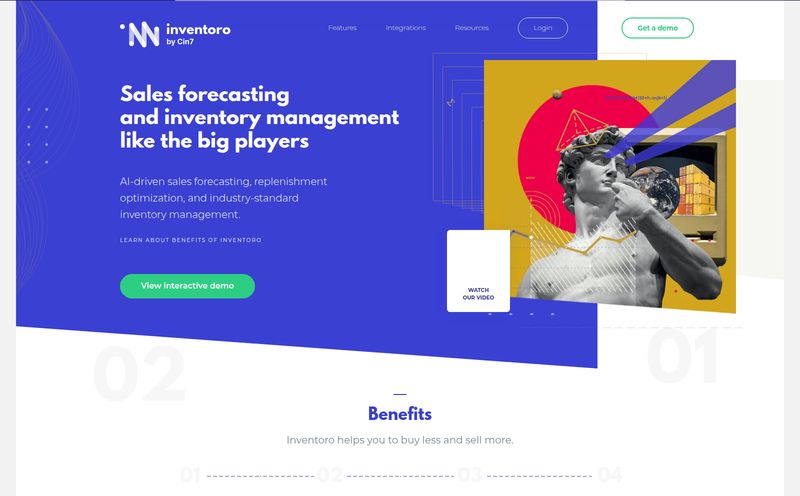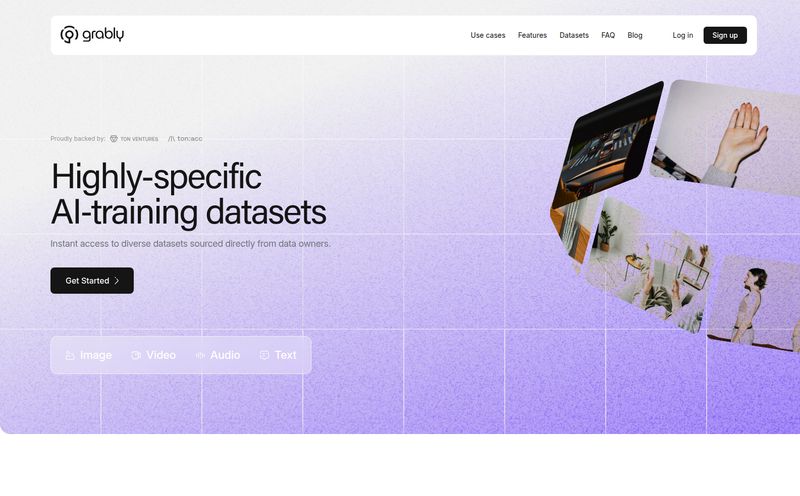I want to tell you a story. A few years back, I was working on a project involving deforestation analysis. This meant staring at hundreds, and I mean hundreds, of high-resolution satellite images, manually drawing little boxes around areas that had been cleared. My eyes were burning, my wrist was cramping, and my soul was slowly being crushed by the sheer tedium of it all. It was powerful work, but man, it was a slog.
We've all been there, right? Drowning in data, wishing for a magic button. Well, the world of AI has been promising that button for a while now, especially in geospatial analysis. The problem? Most of those "buttons" require a PhD in machine learning and a server farm in your basement. That's why when I stumbled across FlyPix AI, my curiosity was definitely piqued. They make a pretty bold claim: an AI platform for geospatial analysis that anyone can use. No coding required. So, I had to ask... is this for real?
What Exactly is FlyPix AI?
Let’s break it down. Imagine having the power to not just look at a satellite or drone map, but to ask it questions. Questions like, "How many solar panels are in this neighborhood?" or "Show me all the ships in this port," or "Pinpoint every tree showing signs of beetle infestation in this forest." That's the core of FlyPix AI. It’s a platform designed to automatically detect and analyze objects in any geospatial image.
It's built for industries that rely on this kind of overhead view: agriculture, forestry, port operations, infrastructure, even government. It takes the mind-numbing manual work I described earlier and automates it. It's less like a simple map viewer and more like a tireless, eagle-eyed analyst that you can train to find exactly what you're looking for.
Saving 99.7% of Your Time? Let's Talk About That.
Okay, let's address the giant number on their homepage. FlyPix AI claims it can save 99.7% of your time compared to manual analysis. My inner skeptic immediately went on high alert. That's not just a small improvement; that's a total paradigm shift.
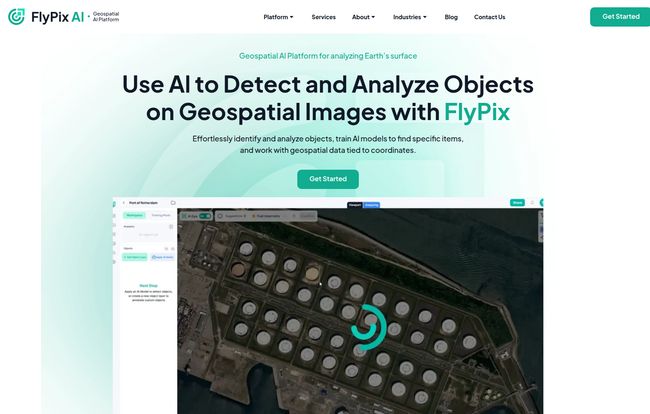
Visit FlyPix AI
But the more I thought about my own painful experiences, the more it made sense. Think about it. Manually annotating a single large image could take hours. Training an AI model also takes time upfront—you have to show it a few examples of what to look for. But once that model is trained? You can unleash it on thousands of images, and it will do the work in minutes. It's the classic automation tradeoff. It's like switching from washing your clothes by hand to using a washing machine. The first load requires some setup (sorting, adding detergent), but the time saved over a year is just... monumental. So, is 99.7% a bit of marketing flair? Maybe. But is the time savings in the ballpark of being outrageously massive? From my perspective, absolutely.
My Favorite Features (And What They Actually Mean for You)
A feature list is just a list. What matters is how it actually helps you get work done. Here are the things that really stood out to me.
No-Code Custom AI Model Training
This is the secret sauce. The real magic. Many platforms offer pre-built models to find common objects like cars or buildings. That’s cool, but what if you need to find something specific, like a particular type of irrigation equipment or early-stage crop blight? FlyPix AI lets you train your own model simply by showing it examples. You upload an image, draw boxes around a few of the things you want to find, and the platform learns. This democratizes AI model creation in a way that feels genuinely new. You don't need to be a data scientist; you just need to be an expert in what you're looking for.
The Interactive Sandbox
I love a good "try before you buy," and FlyPix AI nails it with their sandbox. It's a live demo environment where you can play with the platform's capabilities on pre-loaded data. You can test out different AI models, see how the analysis works, and just get a feel for the workflow. It's a huge confidence-booster and shows they stand behind their product. So many companies hide their tech behind a sign-up wall and a sales call, so this transparency is refreshing.
Real Geospatial & Multispectral Data Support
This might sound a bit technical, but it’s so important. The platform doesn't just work with pretty JPEGs. It understands geospatial data—images that have real-world coordinates baked in. This means the analysis you do can be directly integrated into GIS software and other mapping tools. They also support multispectral data, which is a huge deal for industries like agriculture and environmental science. This data captures light frequencies beyond what the human eye can see, revealing information about plant health, water content, and soil composition. It shows that FlyPix AI isn't just a toy; it's a professional-grade tool built for serious analysis.
Breaking Down the FlyPix AI Pricing: The Credit System Explained
Alright, let's talk money. AI processing isn't free, and FlyPix uses a subscription and credit-based model. At first glance, it can seem a little complicated, but let's clear it up. They have several tiers, from a free plan to a hefty professional one.
| Plan | Price | Key Features |
|---|---|---|
| Free | €0 | 1 user, 3GB Storage, Limited Credits & Support. Great for testing. |
| Starter | €50 / month | 1 user, 10GB Storage, 50 Credits. Good for small projects. |
| Standard | €500 / month | 2 users, 120GB Storage, 600 Credits. Built for small teams. |
| Professional | €2000 / month | 5 users, 600GB Storage, 3,000 Credits. For heavy, operational use. |
So, What's a "Credit" Worth?
This is the most important part of the pricing page. 1 Credit = 1 Euro = 20 Megapixels (MP) of data processing. However, the area of land that covers depends entirely on the resolution of your image. For a high-resolution drone image, 1 credit might cover a small area. For a lower-resolution satellite image, that same credit could cover a vast expanse. I actually appreciate this model because it scales with data density, but you absolutely need to do a little math before you kick off a massive project to avoid any suprises.
The Good, The Bad, and The Geospatial
Look, no tool is perfect. In my experience, it's about finding the right tool for the job. FlyPix AI has some incredible strengths. The fact that you don't need a background in AI is a game-changer. It opens up powerful technology to a much wider audience of subject-matter experts—the agronomists, urban planners, and field operators who know their stuff but don't know Python. And the time savings, as we discussed, is the killer app.
On the flip side, you have to be ready for the subscription model. The free plan is really just a demo; any serious work requires a paid plan. The credit system, while fair, means you have to keep an eye on your consumption. And naturally, the most powerful features and fastest support are reserved for the higher-priced tiers, which could be a barrier for smaller organizations or individual consultants.
Who is FlyPix AI Actually For?
After playing around in the sandbox and digging through the documentation, I have a pretty clear picture. This isn't for the casual hobbyist playing with Google Earth. FlyPix AI is a professional tool for organizations that have a clear business need to analyze imagery at scale. It's for the agricultural co-op that needs to monitor thousands of acres for crop health, the renewable energy company siting new wind farms, or the municipal government tracking urban development. It’s for the teams who have the data and the domain expertise but lack the in-house data scientists to connect the two.
Frequently Asked Questions (FAQ)
- Do I need to know how to code to use FlyPix AI?
- Absolutely not. That's one of its main selling points. The platform is designed with a no-code, user-friendly interface for training and running AI models.
- Can I use my own drone or satellite images?
- Yes. You can upload your own geospatial images (like GeoTIFFs) to the platform for analysis, which is essential for custom projects.
- What happens if I run out of credits on my plan?
- According to their pricing page, you can purchase additional credits at any time if you exceed your monthly allowance. The cost is €1 per credit.
- Is the Free plan actually useful?
- It's very useful for evaluation. You can explore the platform and test its capabilities in the sandbox. However, for any real-world, ongoing project, the storage and credit limits mean you'll need to upgrade to a paid plan.
- How accurate are the AI models I create?
- This is a great question. The accuracy of any AI model—on FlyPix or anywhere else—depends heavily on the quality and quantity of your training data. The more clear and consistent examples you provide, the better it will perform.
My Final Thoughts
It's easy to get cynical about new tech platforms. We're bombarded with promises to "revolutionize" our workflow every single day. But every now and then, a tool comes along that feels different. FlyPix AI feels like one of those. By removing the coding barrier, it’s not just making an old process faster; it’s making it accessible.
It puts seriously powerful analytical tools into the hands of the people on the ground who can actually use the insights. It bridges the gap between seeing the world from above and understanding what's actually happening in it. Tools like this aren't just cool tech; they're fundamentally changing how we see and manage our world. And I'm here for it.
